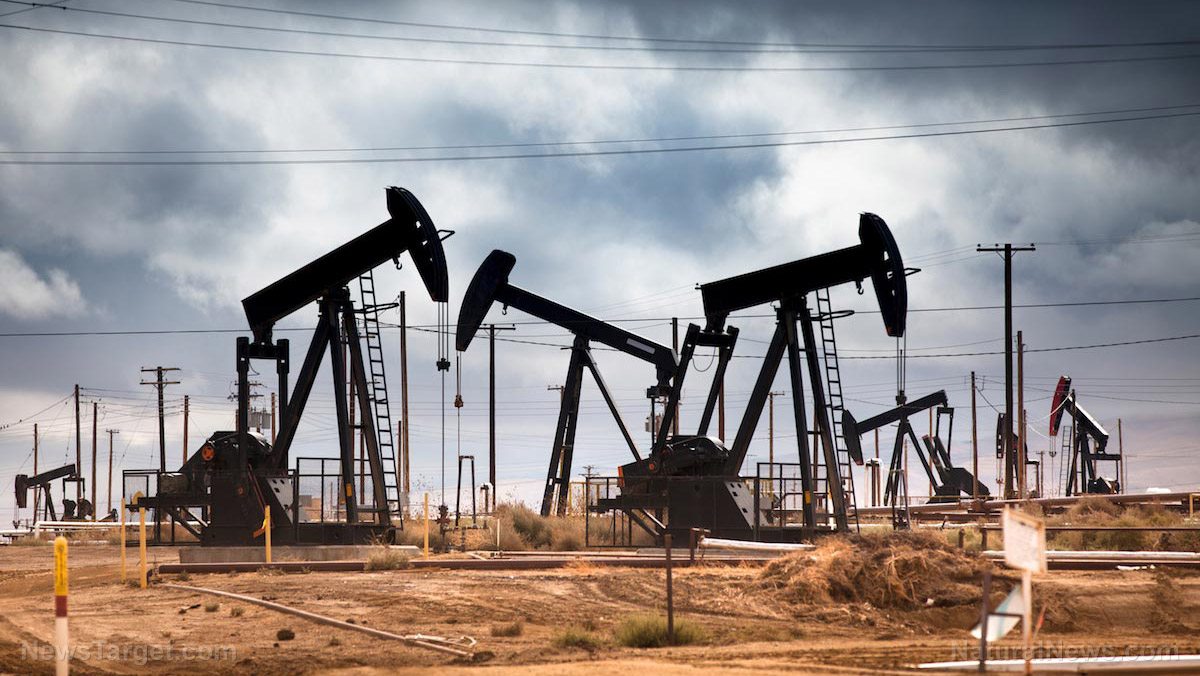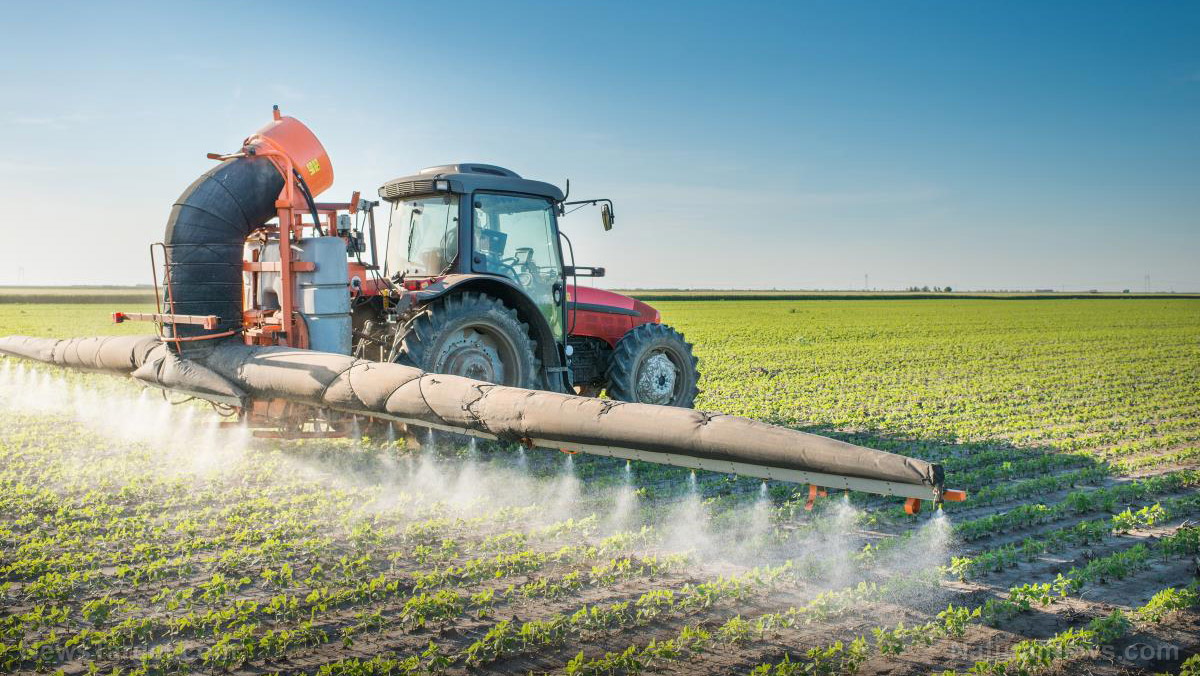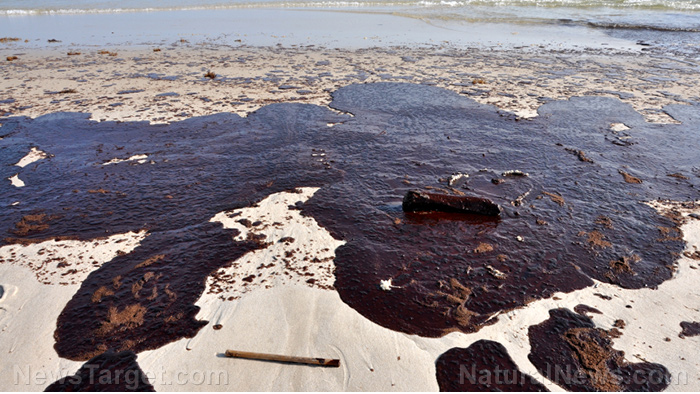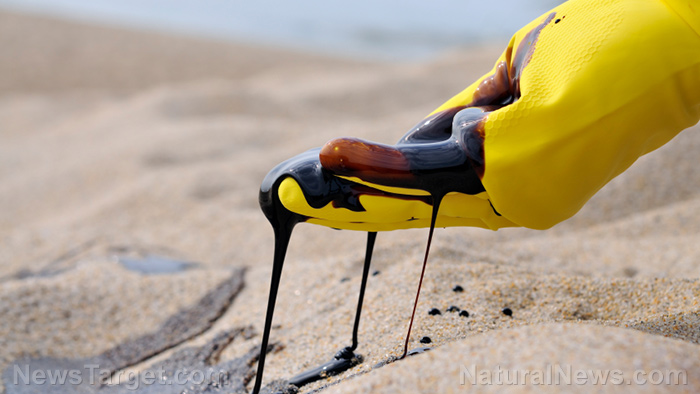A deadly sickness is sweeping across Ethiopia – and no one knows how or why it came to be
02/26/2020 / By Ralph Flores

A “mysterious” disease is wreaking havoc in villages across Ethiopia’s Somali region. In a report published by The Guardian, locals and officials believe that this deadly mystery disease may be linked to a nearby Chinese natural gas project, a claim repudiated by federal government officials in Addis Ababa. In addition, they also denied the existence of a health and environmental crisis, as well as issues with large-scale energy projects, in the region.
The natural gas project in question belongs to Poly-GCL, a Chinese oil and gas company that has been investing heavily in the region. It has been in talks with Ethiopia and Djibouti to build a 767-kilometer (or 476-mile) natural gas pipeline that will run between the two countries. In the region, known locally as the Ogaden Basin, the company has been prospecting for oil and gas in the area since 2014 and is planning to start commercial gas production soon.
Something in the water?
For Khadar Abdi Abdullahi and many locals, the mysterious disease could be traced back to hazardous chemical waste that has contaminated their water supply.
“It is the toxins that flow in the rainfall from Calub [gas field] that are responsible for this epidemic,” Khadar told The Guardian. During the time of the report, he had just been discharged from the hospital after collapsing from a fever. Before that, his eyes and his palms first turned yellow, he was bleeding from his nose and mouth, and he was swollen all over. By the time he was released, his doctors said there was nothing they can do for him.
Khadar died shortly after.
In a statement, Ketsela Tadesse of the federal ministry of mines and petroleum said that the government is unaware of any reports of spillages in the Ogaden Basin, adding that, in any case, there were “there are no permanent settlers” in nearby areas.
An adviser to the Somali regional government says otherwise. In the report, he said the region is now experiencing new diseases “that have never been seen before in this area.”
“Without any public health protection, it is very clear that Poly-GCL uses chemicals that are detrimental to human health,” he added, speaking on condition of anonymity.
Khadar wasn’t the first to succumb to the mystery disease. Other locals in the area have died from the same symptoms – swelling, fever, sleeplessness, yellowing eyes and palms, and lack of appetite. According to Xuseen Sheekh Siraad, the chairman of Dhoobaweyn district (where Ogaden Basin is located), there have been at least 2,000 deaths since 2014.
A problem found the world over
Despite the Ethiopian government’s denial, certain practices by the natural gas industry can cause groundwater contamination. To note, Natural News previously reported that even the Environmental Protection Agency has said that fracking, a controversial technique for extracting natural gas, is linked to water contamination — even as the natural gas industry claims otherwise.
In the 121-page report, the agency has found that fracking chemicals from nearby gas wells have contaminated the groundwater in Pavillion, Wyoming. The report explained that “glycol ethers and the assortment of other organic components (found in the water) is explained as the result of direct mixing of hydraulic fracturing fluids with groundwater in the Pavillion gas field.”
Back in the Somali region, the local government has stated that it recognizes the serious consequences of resource exploration, particularly for those living closest to exploration sites.
“We are seriously dedicated to addressing the decades of [marginalization] and abuse that have resulted from oil and gas exploration,” adds to Abdikarim Abdirahman, who heads the region’s energy, mines and petroleum ministry.
But in the face of the mysterious killer disease, locals remain skeptical. For one, they have not been consulted on the impending natural gas pipeline project, which they feel will disrupt their grazing lands and natural habitat.
Of all this, a local decries: “Not a single person has ever asked us about our plight.”
Sources include:
Tagged Under:



















